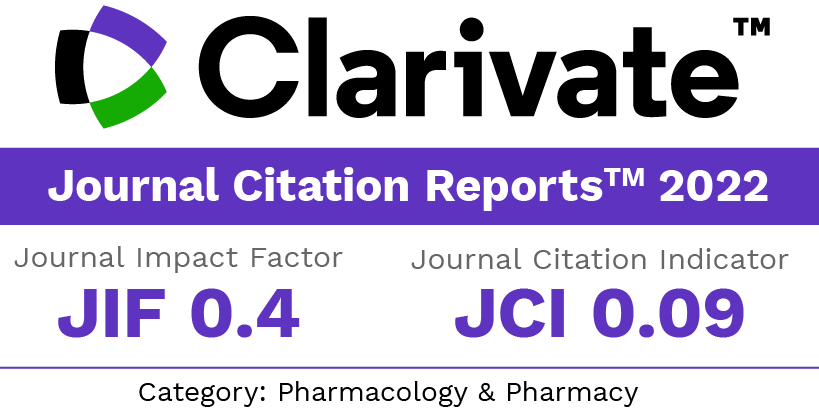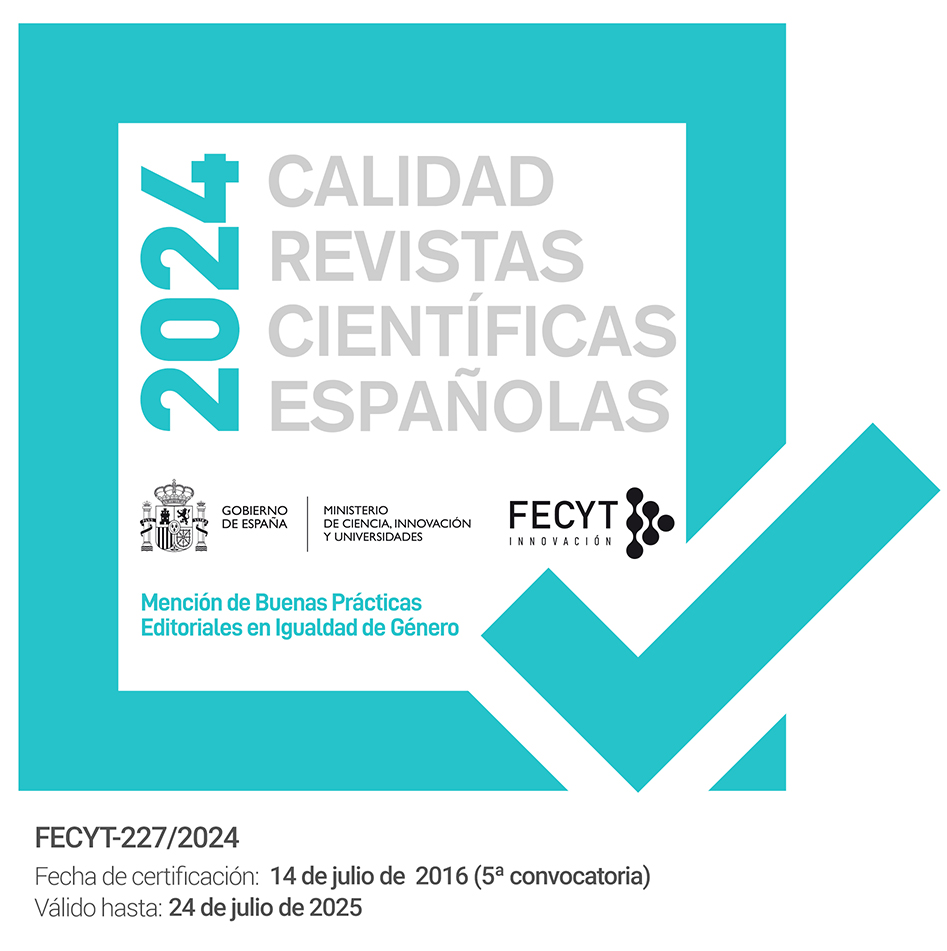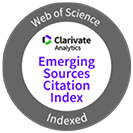Assessment of anti-bacterial activity and brine shrimp toxicity of two Polygonum species
Keywords:
Polygonum barbatum, Polygonum stagninum, Bangladeshi plants, Antibacterial, Brine shrimp lethalityAbstract
The extracts of the aerial parts of Polygonum barbatum var. barbata and Polygonum stagninum (Family: Polygonaceae)were assessed for anti-bacterial activity against a number of bacterial strains using the disc diffusion assay, andbrine shrimp toxicity using the brine shrimp lethality assay. All extracts/fractions, except the MeOH extract/fraction,exhibited low to moderate levels of anti-bacterial activity against most of the test strains (zone of inhibition = 7-21mm). All extracts and fractions displayed considerable general toxicity towards brine shrimps. The LD50 values of thetest extracts/fractions were within the range of 2.19 to 114.81 mg/mL, whereas that of the positive control (vincristinesulphate) was 0.61 mg/mL.Downloads
References
Balza F, Abramowski Z, Towers GHN, Wiriychitra P. 1989. Identification of proanthocyanidin polymers as the piscicidal constituents of Mammea siamensis, Polygonum stagninum and Diospyros diepenhorstii. Phytochemistry. 1989; 28: 1827-1830.
GRIN Taxonomy Database. USDA, ARS, Beltsville Agricultural Research Center, Beltsville, Maryland, USA. 2008. Available on-line at: http://www.ars-grin.gov/cgi-bin/npgs/html/taxon.pl?448854
Kiritikar KR and Basu BD. 1999. Indian Medicinal Plants, 2nd edition, Allahabad, India.
Phytochemical and Ethnobotanical Databases. 2008. Dr Duke’s Phytochemical and Ethnobotanical Databases, USA. Available on-line at http://www.ars-grin.gov/duke/
Datta BK, Datta SK, Rashid MA, Sarker SD. 2002. Flavonoids from Polygonum stagninum (Polygonaceae). Biochem Syst Ecol. 2002; 30: 693-696.
Datta BK, Datta SK, Rashid MA, Nash RJ, Sarker SD. A sesquiterpene acid and flavonoids from Polygonum viscosum. Phytochemistry. 2000; 54: 201-205.
Datta BK, Rashid MA, Kundu JK, Rouf ASS, Sarker SD, Datta SK. Isolation and structure elucidation of viscoazucine, a novel sesquiterpene from Polygonum viscosum. Pharmazie. 2001; 56: 578-579.
Datta BK, Rashid MA, Datta SK, Sarker SD. Viscozulenic acid: A novel sesquiterpene acid from Polygonum viscosum. Pharmaceutical Biology. 2001; 39: 198-201.
Datta BK, Datta SK, Khan TH, Kundu JK, Rashid MA, Nahar L, Sarker SD. Anti-cholinergic, cytotoxic and anti-HIV-1 activities of sesquiterpenes and a flavonoid from Polygonum viscosum. Pharmaceutical Biology. 2004; 42: 18-23.
Datta BK, Datta SK, Chowdhury MM, Khan TH, Kundu JK, Rashid MA, Nahar, L, Sarker SD. Analgesic, anti-inflammatory and CNS depressant activities of sesquiterpenes and a flavonoid glycoside from Polygonum viscosum. Pharmazie. 2004; 59: 222-225.
Datta BK, Nahar L, Rahman MM, Gray AI, Auzi AA, Sarker SD. Polygosumic acid, a new cadinane sesquiterpene, from Polygonum viscosum inhibits the growth of drug-resistant Escherichia coli and Staphylococcus aureus (MRSA) in vitro, Journal of Natural Medicine. 2007; 61: 391-396.
Bauer AW, Kirby WMM, Sherris JC, Truck M. Antibiotic susceptibility testing by a standardised single disk method. The American Journal of Clinical Pathology 1966; 45: 493–496.
Cruickshank R. 1968. Medical microbiology: A guide to diagnosis and control of infection, E. & S. Livingstone Ltd., Edinburgh and London, pp. 888.
Meyer BN, Ferrigni NR, Putnam JE, Jacobson JB, Nicholas DE, McLaughlin JL. Brine shrimp: a convenient bioassay for active plant constituents. Planta Medica. 1982; 45: 31-34.
Finney DJ. 1971. Probit Analysis, 3rd Ed., Cambridge University Press, Cambridge.
Downloads
Published
How to Cite
Issue
Section
License
The articles, which are published in this journal, are subject to the following terms in relation to the rights of patrimonial or exploitation:
- The authors will keep their copyright and guarantee to the journal the right of first publication of their work, which will be distributed with a Creative Commons BY-NC-SA 4.0 license that allows third parties to reuse the work whenever its author, quote the original source and do not make commercial use of it.
b. The authors may adopt other non-exclusive licensing agreements for the distribution of the published version of the work (e.g., deposit it in an institutional telematic file or publish it in a monographic volume) provided that the original source of its publication is indicated.
c. Authors are allowed and advised to disseminate their work through the Internet (e.g. in institutional repositories or on their website) before and during the submission process, which can produce interesting exchanges and increase citations of the published work. (See The effect of open access).


















